- Joined
- Aug 8, 2019
- Messages
- 5,467
- Points
- 738

Why was that?How odd...my dad used to call me that.
 |
As a way to introduce our brass coins to the community, we will raffle off a free coin during the month of August. Follow link ABOVE for instructions for entering. |
 |

Why was that?How odd...my dad used to call me that.

Just give it a shot, almost the same as shaping the tooth of an EnglishmenI'm going to make a mold and pour up replacements for the missing parts in plaster. Not sure if I'll do the missing head or not. Three mer-men are needed as hull adornments at the railings and their absence has already been noted by a keen-eyed forum member (Marc).
Guess as an orthondontist you go for plaster otherwise I would go for resin.I'm going to make a mold and pour up replacements for the missing parts in plaster. Not sure if I'll do the missing head or not. Three mer-men are needed as hull adornments at the railings and their absence has already been noted by a keen-eyed forum member (Marc).
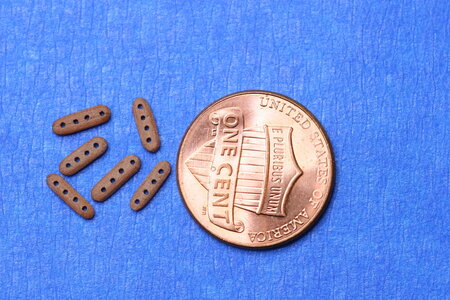
 .
.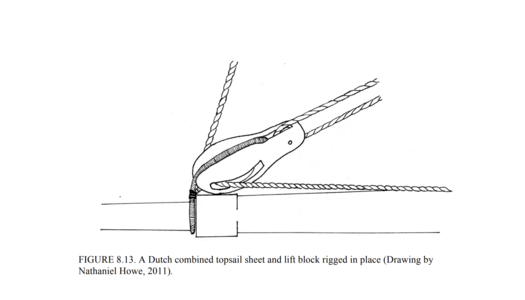
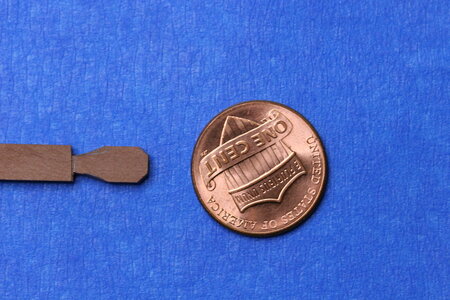
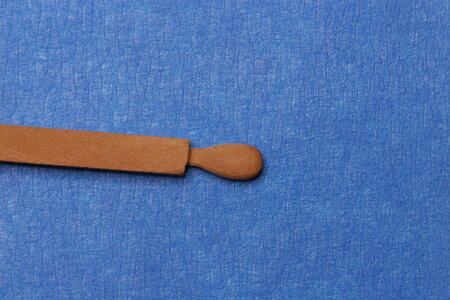
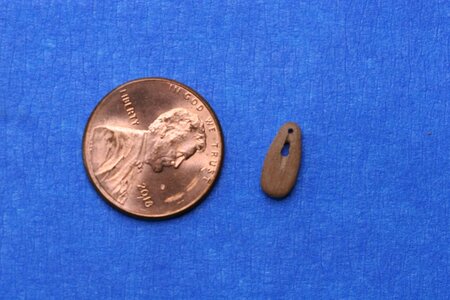
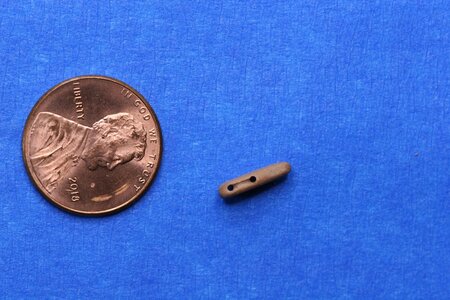
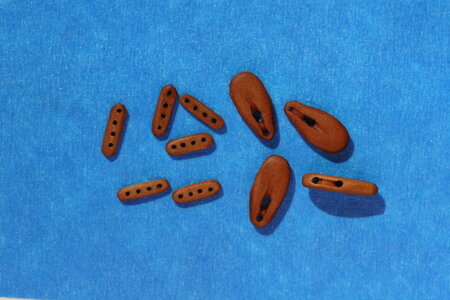
You make scratch building look too easy please teach me your way.....In order to install the halyards for the yards on the top and topgallant masts it was necessary to fabricate euphroe blocks. They are not difficult to make apart from their small size and the fragility factor. I would say that I started twice as many as I ended up with because of breakage.
View attachment 309750
Of course, the problem with making euphroes is that it will eventually lead to rigging crow's feet....
As long as I was making blocks, I decided to make some more of the specialty blocks that show up on the Vasa. On the course yards there are these odd birds:
View attachment 309757
Figure Credit: Rigging and Gun Tackle Blocks of the Royal Warship Vasa - Thesis, Nathaniel Frantz Howe (November 2011)
Notice that unlike a violin block the sheaves are perpendicular to each other. This prevented the lifts and sheets from chafing or tangling each other at the end of the yard.
Here is what I ended up with:
View attachment 309751 View attachment 309752
View attachment 309753 View attachment 309754
The result of half a day's work...
View attachment 309755
Beautiful work Paul! Keep a wooden mallet next to your ship, for those who question the rigging!I want to begin by thanking all of you for your continued interest in my build and for the active participation of many as I struggle to work out the details. While I have to accept that every question I would like answered can't be answered - and that I will make errors in judgement and execution along the way - neither do I want to be dismissive of the simple fact that I am building a model of a real ship with real history.
Over the past several weeks I have come near to completing the standing rigging. I have made some decisions along the way that not everyone will support but that's OK - it wasn't for lack of time spent trying to figure things out.
My customary blue background didn't cut it for pictures of rigging, so I cobbled together a few pieces art board that my kids had lying around... and now that I see the photos I regret not taking the time to set up proper lighting...
The overall view:
View attachment 308543
Mizzen:
View attachment 308544
Main:
View attachment 308545
Fore:
View attachment 308546
Sprit:
View attachment 308547
And I chose to rig the top ropes just for fun. Obviously these lines would have been taken down once the masts were raised but I think they make a nice addition to a model and could create a worthwhile talking point. I only did these for the top masts not the topgallants...
View attachment 308549
I'm confident, given the attention they have received on this log, that you didn't miss the fact that backstays are not rigged. Research continues with the hope that more can be learned.
Fun fact: I have now used nearly 60 meters of the smallest rope (roughly 0.24 mm) I can make from my chosen source threads. Most of this went to ratlines but also lanyards in a few spots. While there is great satisfaction in rope fabrication - I'm no longer sold on the (time) cost to value ratio.
Thanks for stopping by! It's a joy to share this journey with you!

Is that what they are called? I see them on the drawing from the museum so I will certainly be making them.Do you make also shoeblocks for the martnets?
Then carpet makes the pieces disappear...Great little blocks Paul,
It is funny how half a day or more can disappear on making some little pieces.
Cheers,
Stephen.

I don't have any idea.Question: why are there only martnets on the course sails?

Hi Paul,Is that what they are called? I see them on the drawing from the museum so I will certainly be making them.
Question: why are there only martnets on the course sails?
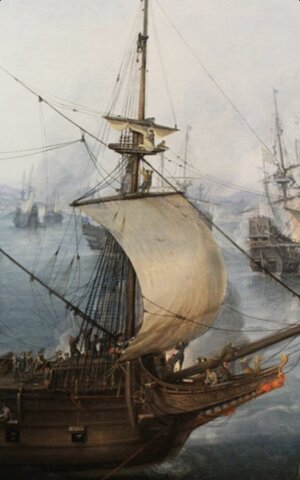
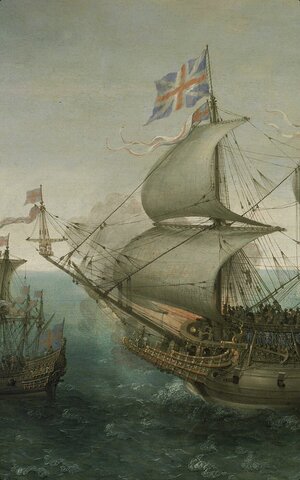
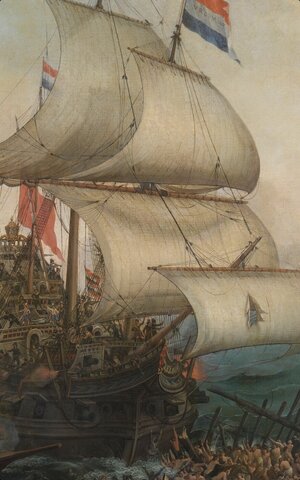
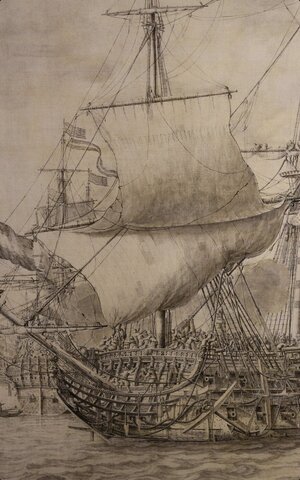
Even on a smaller ship like the Vasa, crew and military would have totaled 450 souls!Seamen well trained -experienced acrobats!???)) unbeliveable how much people on board!!! Eendracht 1653...
Imagine how many would be killed or injured in combat...!?
Interesting Heinrich. That means the Vasa was about the same size (156 english feet between perpendiculars with 64 cannons). Thank you for that correction!The Eendracht was not a big ship. It was only a Third Rate Ship of the line with 58 guns, a crew of 409 and a 150 Amsterdam feet in length (gundeck length).

